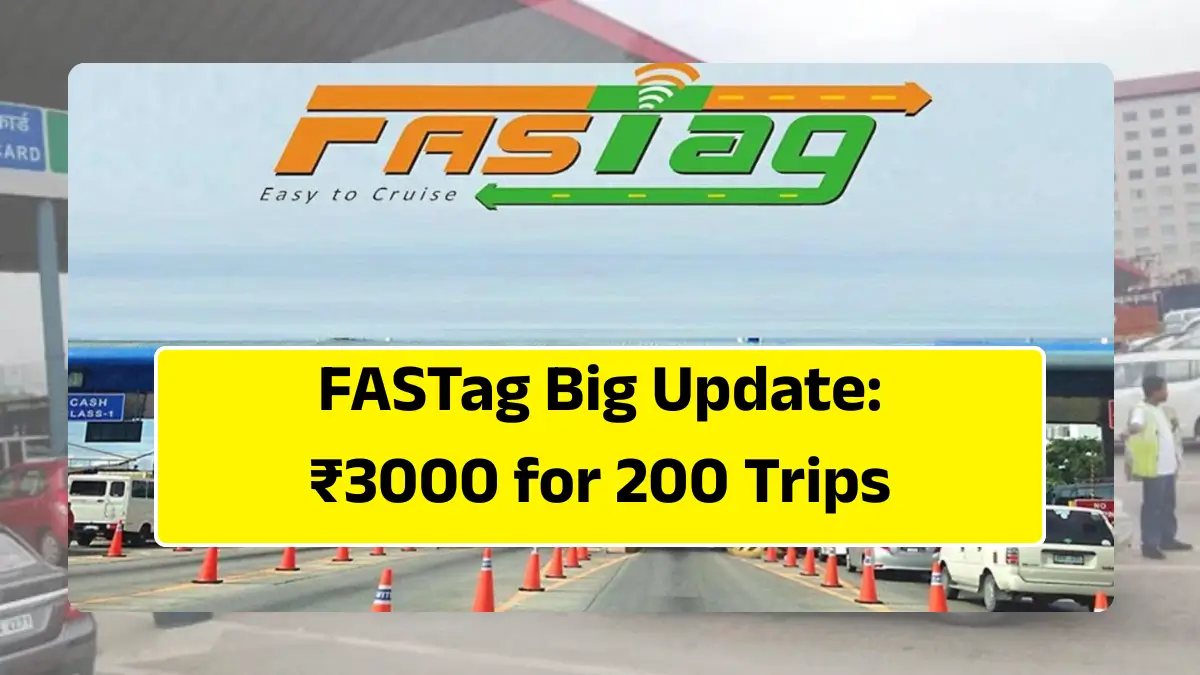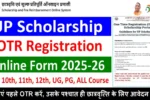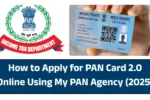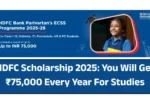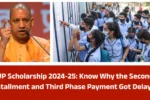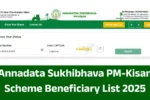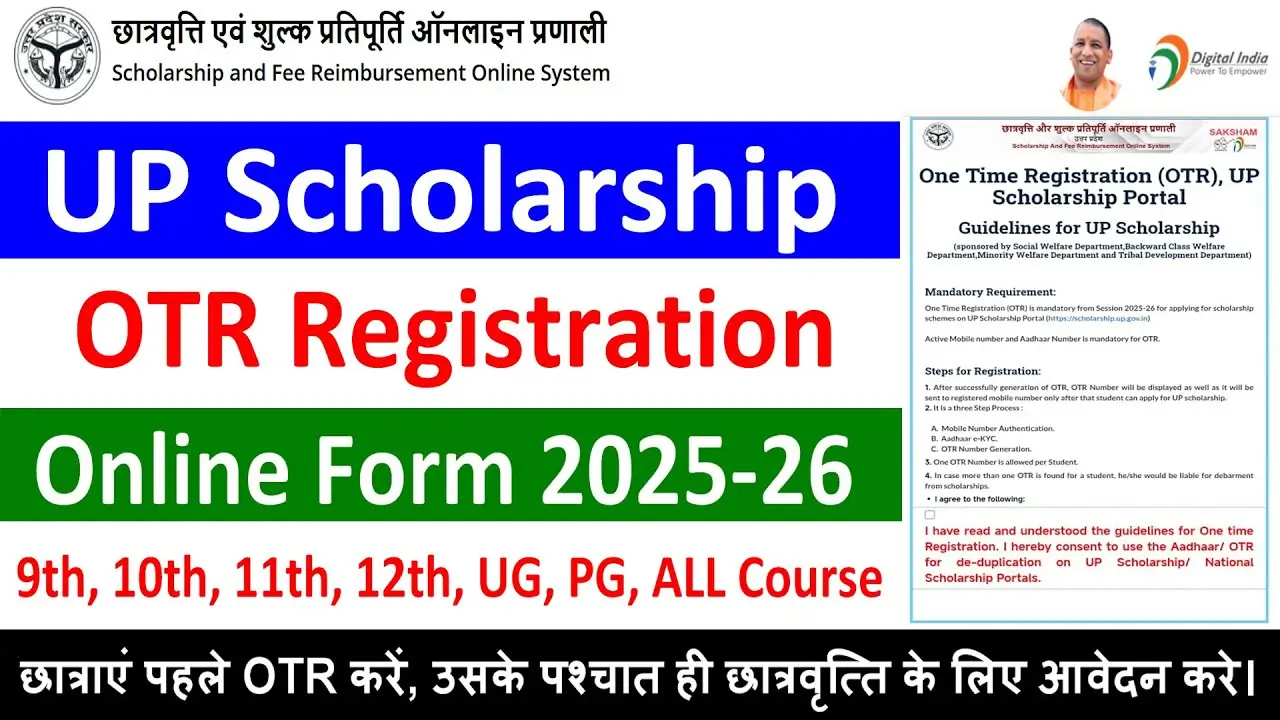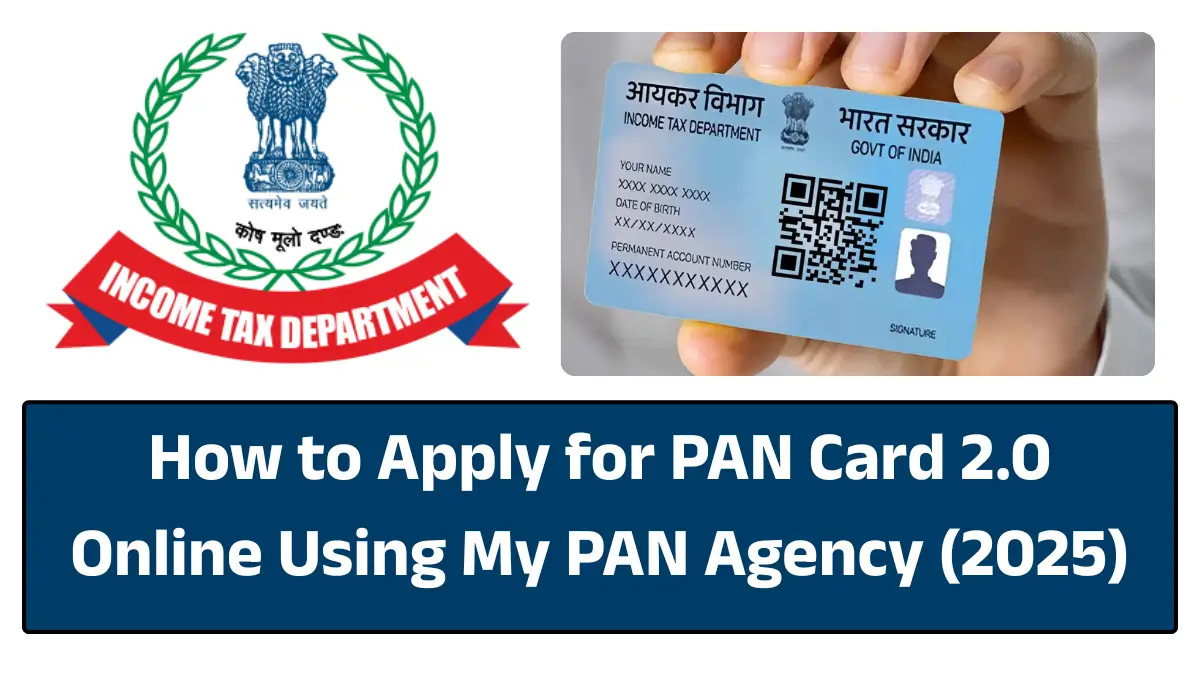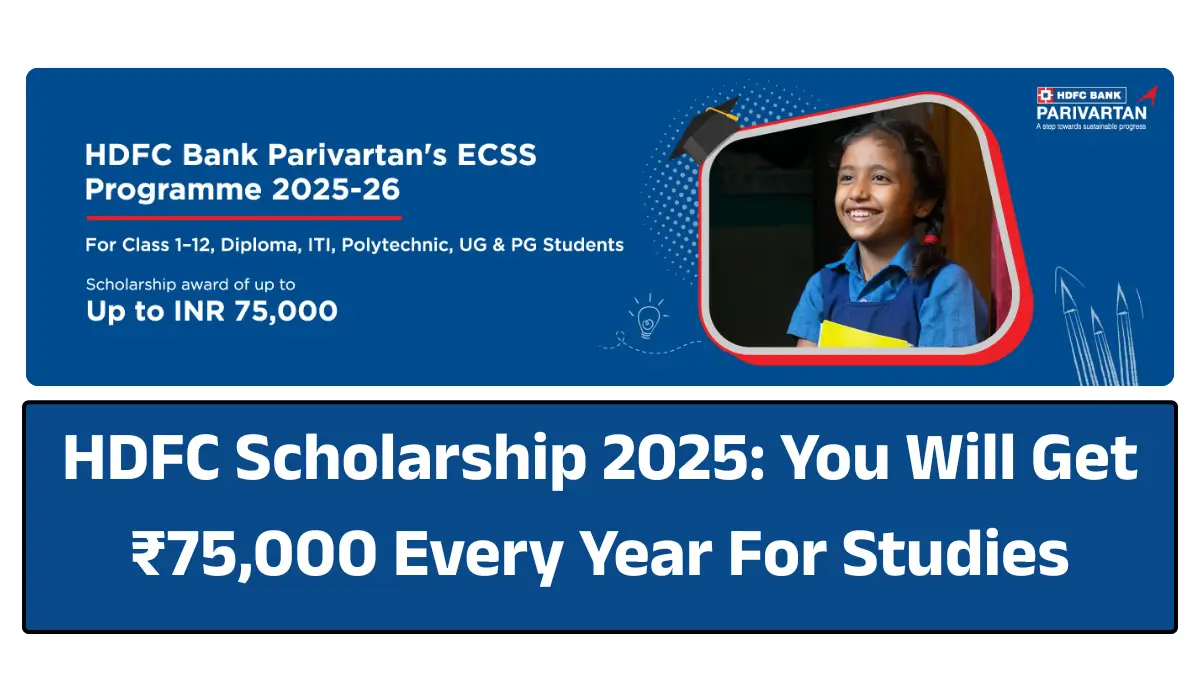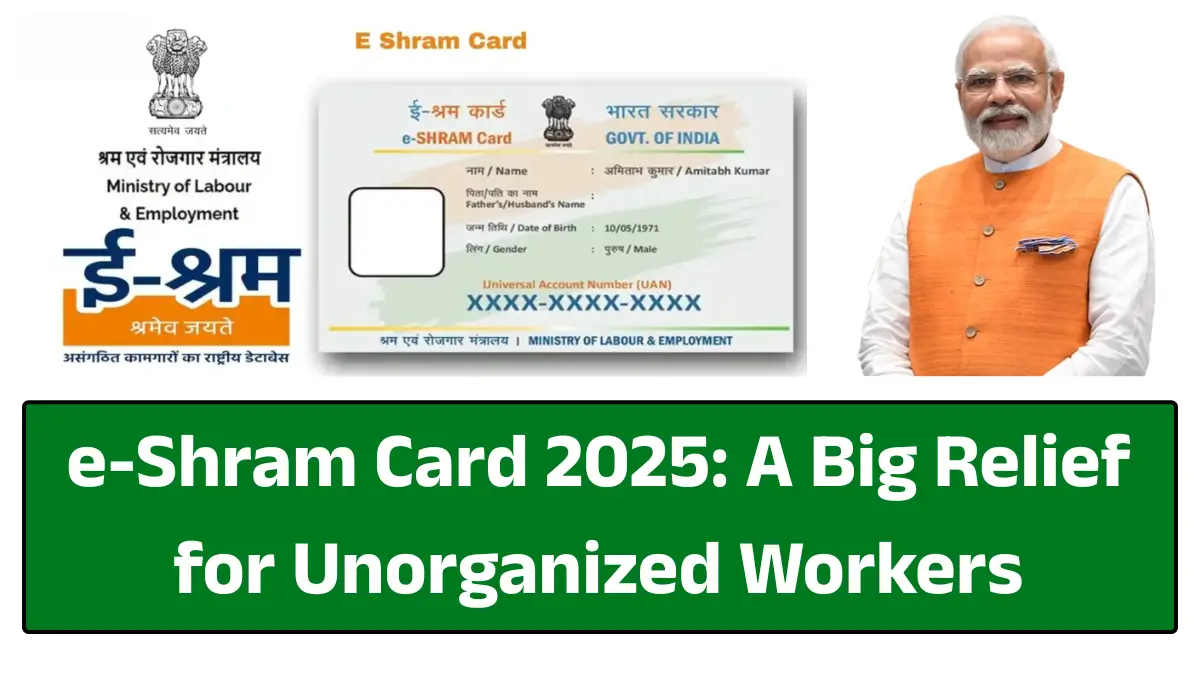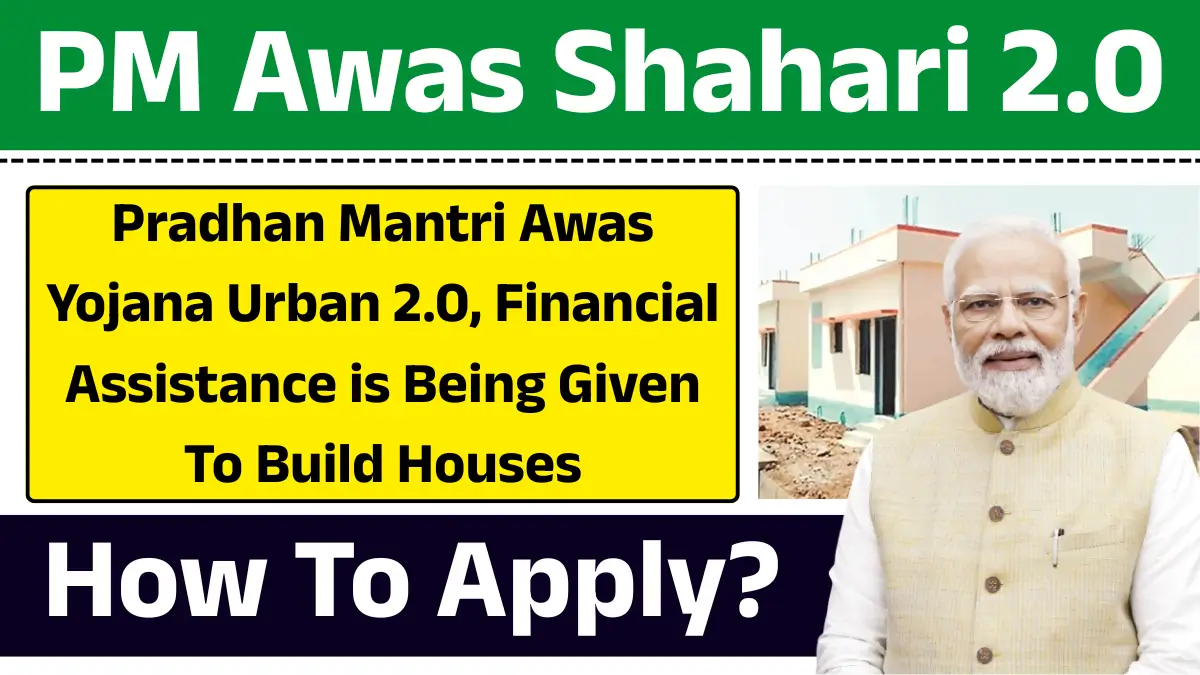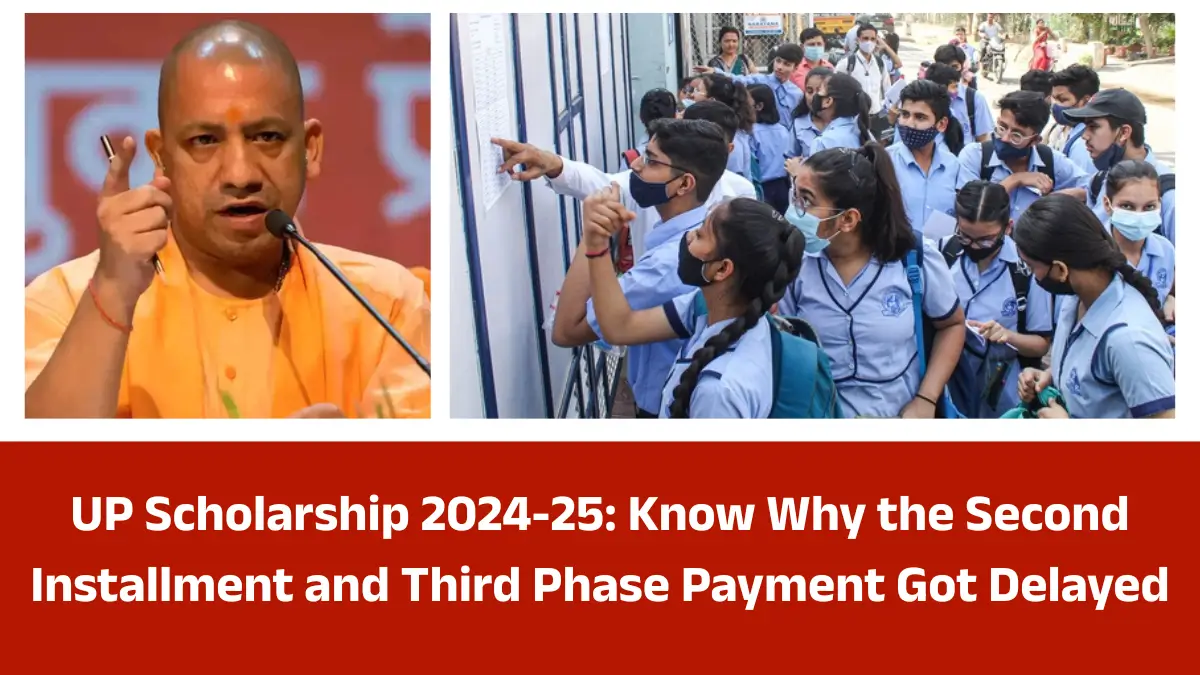FASTag Big Update: In a significant move to streamline toll collection and reduce congestion at toll plazas, the Indian government has announced a new FASTag-based annual pass scheme. Union Minister for Road Transport and Highways, Nitin Gadkari, shared this major update via social media, confirming that the new system will come into effect from August 15, 2025.
Under this initiative, private vehicle owners will be able to purchase an annual FASTag pass worth ₹3000, allowing up to 200 toll transactions in a year. The move is aimed at making highway travel smoother, faster, and more convenient—especially for those who regularly commute through national highways.
What Is the ₹3000 FASTag Pass?
The ₹3000 FASTag pass is essentially a pre-paid plan for private vehicle owners. Once activated, it will be valid for either 12 months or 200 toll trips, whichever comes first. The primary goal is to eliminate the hassle of frequent recharges and ensure quicker movement through toll plazas.
It’s important to note that this scheme will not apply to commercial vehicles. Only non-commercial, private vehicles such as personal cars and SUVs are eligible.
Why This Move Matters
The government’s main focus is on reducing traffic bottlenecks at toll booths, where long lines and waiting times are a regular issue. Many commuters who travel daily or frequently across highways end up spending a lot of time and money at toll points.
This new system provides a fixed-cost solution for regular users and helps in cutting down queue times significantly. Additionally, this plan aligns with the government’s larger Digital India mission, promoting contactless toll collection and minimizing human intervention.
Also read:- PM Kisan Yojana 20th Installment
Where Can You Get the Pass?
The new FASTag annual pass will be made available on the Rajmarg Yatra mobile app as well as the official websites of NHAI (National Highways Authority of India) and MoRTH (Ministry of Road Transport and Highways). Users can log in, purchase the pass, and activate it digitally without any paperwork or physical visits. Once the limit of 200 trips or 12 months is reached, users will have the option to renew the pass through the same platforms.
Benefits for Daily and Frequent Travelers
This pass is especially beneficial for people who live within 60 kilometers of a toll plaza and use the highway regularly—such as office-goers, students, and small business owners. For them, ₹3000 for an entire year can result in massive cost savings compared to paying individual tolls on each trip.
Moreover, not having to recharge the FASTag balance repeatedly saves time and offers peace of mind.
Additional Features and Goals
Nitin Gadkari emphasized that this move will not only simplify the toll collection process but also reduce disputes and confusion at toll gates. By making payments upfront and fixing the number of trips, this system removes uncertainties about deductions and balances, which are common pain points among drivers.
This scheme is also expected to help in managing toll revenue better and reducing manual interventions, thus bringing in more transparency and efficiency in highway management.
A Step Toward Smarter Mobility
With India’s highway network expanding rapidly, the need for a seamless and user-friendly toll system is more crucial than ever. The ₹3000 annual FASTag pass is a step in that direction. It simplifies life for regular highway users, aligns with the government’s digital roadmap, and enhances user experience across national highways.
Final Thoughts
The ₹3000 FASTag annual pass is a welcome change for millions of private vehicle owners who frequently use national highways. By offering a fixed-cost solution with a clear limit of 200 trips per year, the government has taken a practical step toward easing congestion and improving road travel in India. As the scheme officially rolls out on August 15, 2025, many commuters are expected to switch to this model, marking a new chapter in India’s digital toll collection journey.

